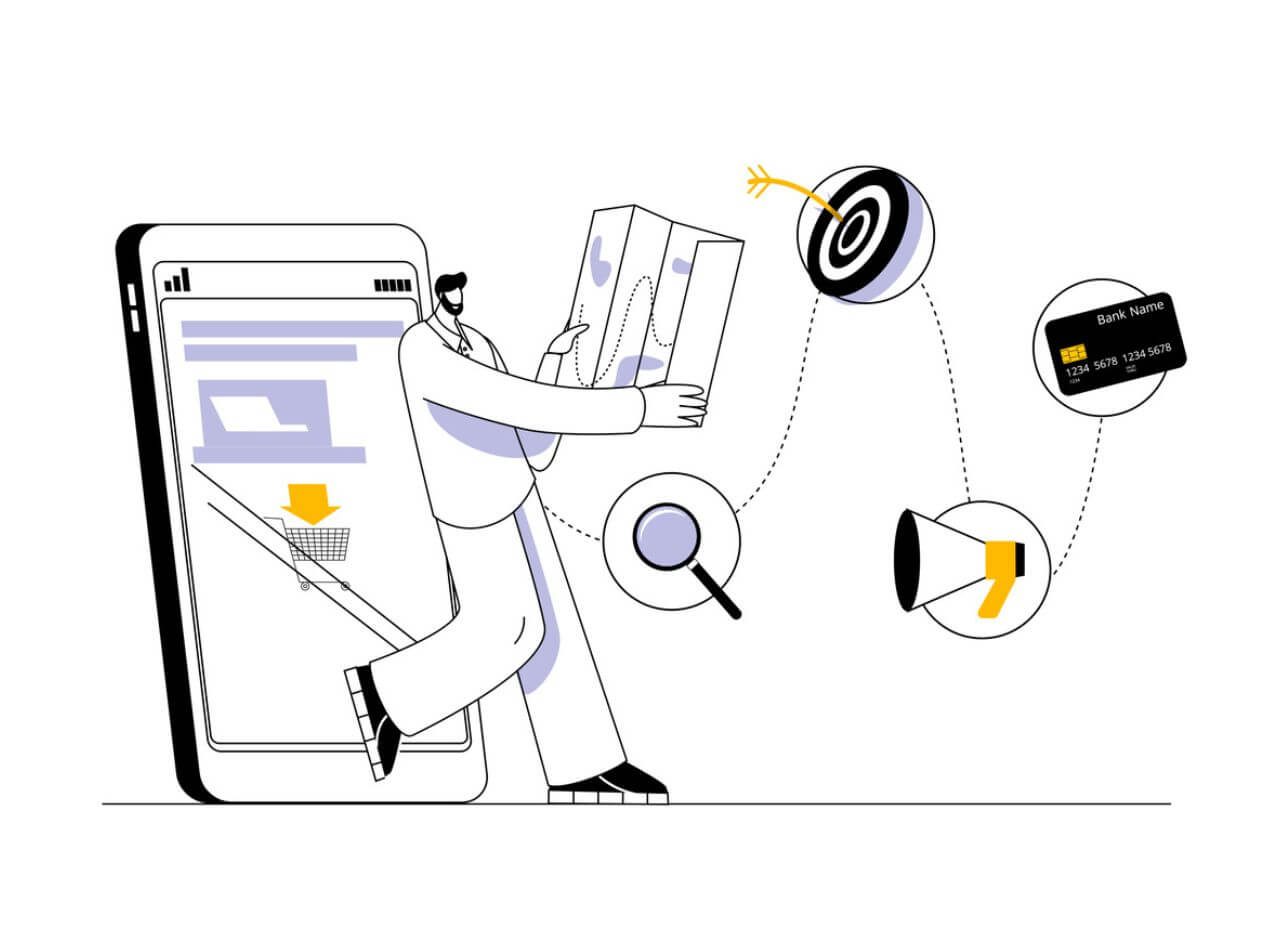Search engine optimization (SEO) is one of the most recurrent topics for any e-business concerned with its visibility and notoriety on the web.
But it’s also one of the most nebulous.
It can just as easily ensure a steady stream of visits (and conversions) for a website for years on end, as cause others to disappear into the meanders of search engines.
Discover how to optimize your search engine optimization in 2023. 
Natural referencing, a long-term project
Unlike many practices related to e-commerce or websites in general, SEO isn’t just a matter of adjusting a few parameters for immediate visible results.
It’s not an exact science, and the benefits of maintaining it are seen over the long term.
Adopting good SEO practices over several months: a winning recipe
Physical stores are not so different from e-businesses in the way they work on their visibility.
A traditional store will take care of its decoration, its welcome, build customer loyalty and propose relevant offers to ultimately benefit from word-of-mouth and a natural flow of customers.
E-commerce stores that apply good SEO practices, offer a clear, fluid sales interface and meet the expectations of potential customers will be rewarded with favorable natural referencing.
The latter acts as a virtual word of mouth, bringing in more and more qualified prospects.
Who will appreciate the content and respond favorably to the offers on offer.
But “word of mouth”, like a physical store, takes time and requires a certain amount of continuous effort.
Both in the way you propose content and offers (clarity, relevance, highlighting the right elements…) and in the way you deal with actual and potential customers (customer journey, sales experience, follow-up…).
These practices are varied, but some, such as providing a sufficient volume of text per page, unduplicated content and visuals that respond to users’ queries, well-crafted meta titles and meta descriptions, etc., are all good practices that improve the quality of the site.
These are all good practices that will improve your SEO in the long term.
Collecting and analyzing relevant data to improve natural search engine optimization
SEO trends are like those of business markets: constantly and rapidly evolving.
That’s why, in order to make the right strategic decisions, the first step is to gather and analyze as much relevant data as possible.
In this way, the question of how to optimize SEO comes down to how to acquire and analyze the data that counts.
By taking a data-driven approach, we can gather as much information as possible about market trends, sales figures for specific offers, traffic increases or decreases in relation to certain trends, and the quality of our competitors’ search engine optimization (SEO). This information can then be used to guide us towards the best SEO practices.
For example, if you offer a trendy B2C product in your e-commerce store, it’s a good idea to propose original images of the product and optimize their SEO (with a well-crafted title and description for each image).
Potential prospects will be more likely to find out about the product via Google Image, for example.
And thus access the e-commerce store by following the link to the image in question.
Such a decision can be a winning one if it has been determined beforehand, thanks to the data collected, that consumers of this product tend to search for it first and foremost via Google Image.
The pillars of optimized SEO
Aside from the truths about the long-term nature of SEO, and the need to act on the basis of data collected, there are a number of concrete techniques for optimizing SEO in 2023.
The importance of the “User Experience” on both desktop and mobile devices

We’ve already discussed the User Experience, or UX, as part of an SEO strategy.
But it’s worth recalling the main points of this practice and its importance in the natural referencing of an e-commerce site.
User experience is all the interaction between a web page and its visitor.
An effective user experience – i.e. a website that displays quickly, offers original content in line with visitors’ queries and, above all, has an intuitive tree structure – will naturally be valued by search engines.
Indeed, Google (to name but one) is increasingly rewarding sites and content that are relevant to its users with better natural referencing.
By “relevant”, we mean all the criteria mentioned above.
With algorithms that are increasingly “UX” oriented, and which Google readily acknowledges favor, first and foremost, a good user experience, over keywords or more technical SEO criteria (meta-tags, html code optimization…).
From there, you can try to optimize the display time of your site’s elements, by reducing the weight of images or eliminating functionalities.
You can also simplify your tree structure, by deleting/merging any unnecessary pages.
You can also create an FAQ to facilitate the visitor’s experience.
Or display your social proof with reviews or testimonials from past customers.
But one of the most important factors (right now) in terms of UX remains the display of the website on mobile devices.
We’ve already covered this in detail in a dedicated article, but having a responsive website on mobile has become a necessity for any e-tailer wishing to enhance their user experience, and therefore, once again, their natural SEO.
The blog, again and again!
Blogging remains an essential element when thinking about how to optimize your natural referencing, even if it can put many off.
Time-consuming, it’s a source of frustration for many e-merchants.
But that’s because it’s a long-term investment par excellence for a website.
The results it generates, while very real, are not immediately visible.
And so some may be tempted to give up after 2 or 3 published articles.
But as we’ve seen, building a virtuous natural referencing system takes time, and maintaining a blog has several decisive advantages:
- It greatly increases the volume of content on a given subject: whether in terms of keywords or pure information, having several articles on your e-commerce site gives the Google bots plenty of relevant content to sink their teeth into!
- It allows you to position yourself on numerous queries: The titles of the articles are all opportunities to anticipate the requests of potential customers.
And therefore to be well ranked when answers are proposed by search engines. - Increased authority status: Both a strong psychological element and a criterion for a quality user experience, authority status enables an e-tailer or content creator to federate a solid customer base.
- It multiplies the number of quality backlinks: each article is an opportunity to integrate links to websites with high authority status.
Which is excellent for SEO. - It “forces” regular monitoring: Writing quality content on a blog means keeping up to date with what’s new in your market, and continually learning about your subject.
Search engine optimization in 2023: A long-term project similar to branding
Learning how to optimize your SEO in 2023 can be frustrating.
It’s hard to know exactly what works and what doesn’t, when the results come months or even years after optimization.
But it’s a game worth playing.
Because SEO is a virtuous circle when properly managed, with a constant (and above all free) increase in more and more qualified prospects.
In this respect, it’s akin to Branding, the marketing discipline that involves giving a brand a “personality”.
Initially abstract in its implementation, it can eventually federate a community of prospects who are particularly keen to adhere to a particular ethic or to consume a specific product or service (and who will willingly talk about the brand to their peers).
It may take time, but it pays off in the end, and for a long time to come.
As an expert in the creation and development of e-commerce stores for over 15 years, don’t hesitate to contact me if you’d like to learn more about SEO best practices for your own store.


